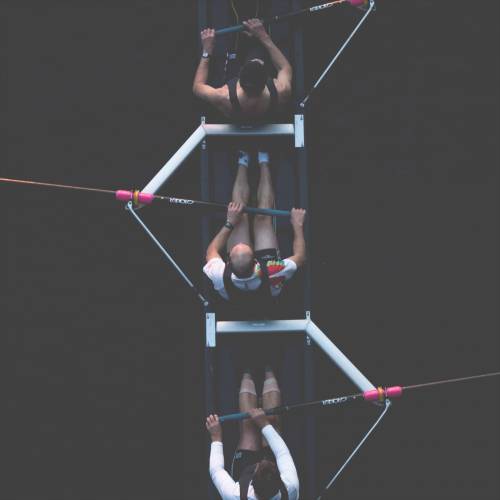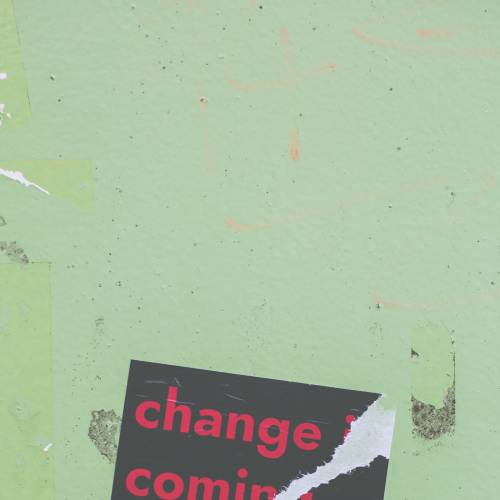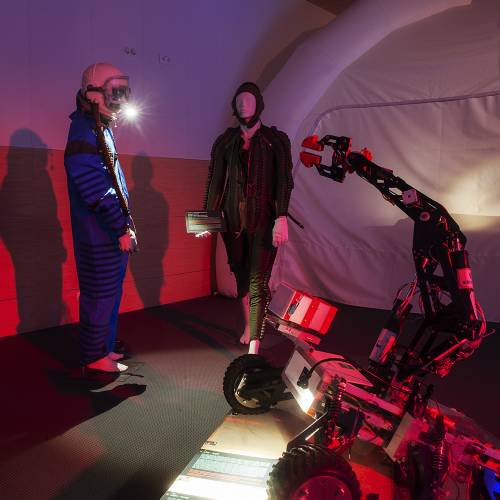14 June 2023
Sustainable Design Mindset
"Design is something that people do. Animals do not do it, and machines (so far) do not do it. The ability to design is a part of human intelligence, and that ability is natural and widespread amongst the human population" – wrote in the early 1990s Nigel Cross, a design researcher, long-time educator, now a professor emeritus at the British Open University and former editor-in-chief of Design magazine Studies. Cross significantly impacted the development of the design thinking concept and was interested in the so-called nature of design ability.
Design Mindset
Decades ago, Cross drew attention to specific aspects of the work of designers. He studied the methods they use to achieve specific goals. He noticed that designers usually interview users (including potential users) and observe their behaviour, using both existing and mock-ups of solutions that do not yet exist. He has also written about structuring design problems, going beyond mere information gathering, thinking through sketches and actions, and formulating a design problem meaningfully that leads to new solutions. Dozens of other researchers have repeatedly described all these elements over the last 50 years.
For Weronika Rochacka Gagliardi and me, this rich material was the basis for describing a set of predispositions to thinking and acting characteristic of designers, i.e., the so-called Design Mindset. We have described nine predispositions within four areas: openness, curiosity, boldness and determination. Examples of Design Mindset predispositions we identified include project empathy, holistic thinking, experiential intelligence or the need to influence.
Design responsibility
In the second half of the 20th century, many voices commented on the harmfulness of intensifying industrialisation. They were also concerned with the use by advertisers of the results of research on consumer motivation and other psychological techniques and effects, such as depth psychology or subliminal perception. In his book The Hidden Persuaders (1957), Vance Packard described the manipulations that influenced expectations and aroused the desire to buy products. At the same time, the voice of Victor Papanek probably resonated the most in the design community. His Design for the Real World (1971 ) became the essential reading material for successive generations of designers, shaping their attitude of responsibility for society and the natural environment. The slogans related to sustainable development have been an element of design education for several decades worldwide.
Business and design
The natural ability of designers to create solutions based on people's needs, as well as high awareness of the impact of new products and services on the environment and society, both in the short and long term, are factors that have great potential to influence organisational culture.
Meanwhile, the so-called Design Thinking, which uses knowledge about how designers work, has penetrated the business world, offering several tools from the design world. Creating a seamless collaboration between professional designers and other experts involved in the design process has become easier and more accessible. Today, when climate change is accelerating, and corporations operating on a global scale apply ESG (Environmental, Social, and Governance) policies, designers are becoming the source of significant changes inside many organisations. The natural ability of designers to create solutions based on people's needs, as well as their high awareness of the impact of design on the environment and society in the short and long term, are factors that have great potential to influence organisational culture.
Impact on people and the environment
On the one hand, we have a researched and described way of acting and thinking that characterises people who design, and on the other hand, responsibility towards people and the planet. From my point of view, one of the most exciting and still little commented on predispositions that make up the Design Mindset is the "need to influence". Designers, approaching a design problem, are very determined to have an impact, bringing about change and convincing others of their idea. You might think this is idealism and an unrealistic approach to work, but let's not be fooled – designers can turn their idealism into tangible actions.








